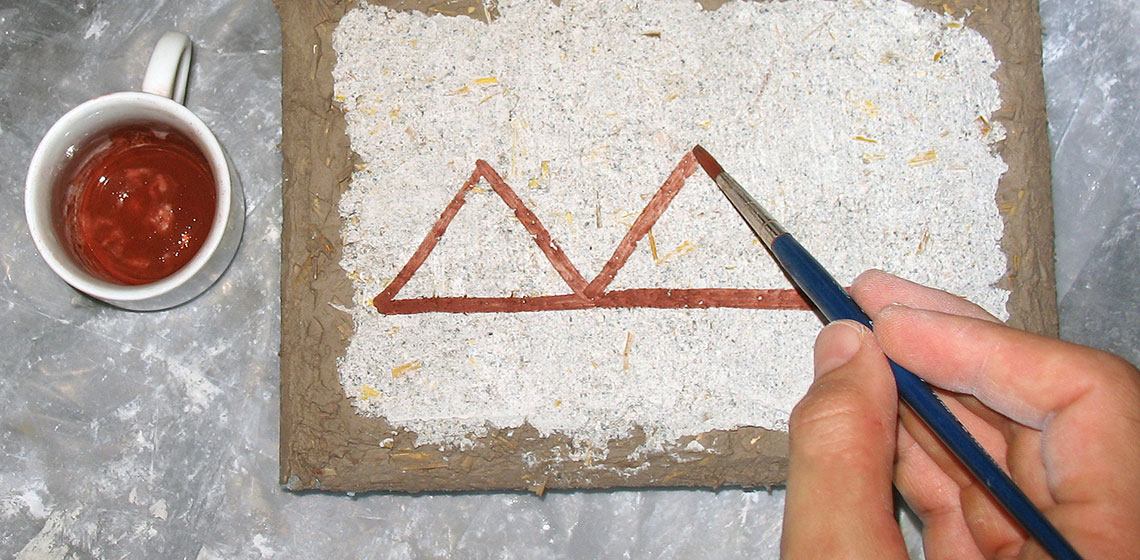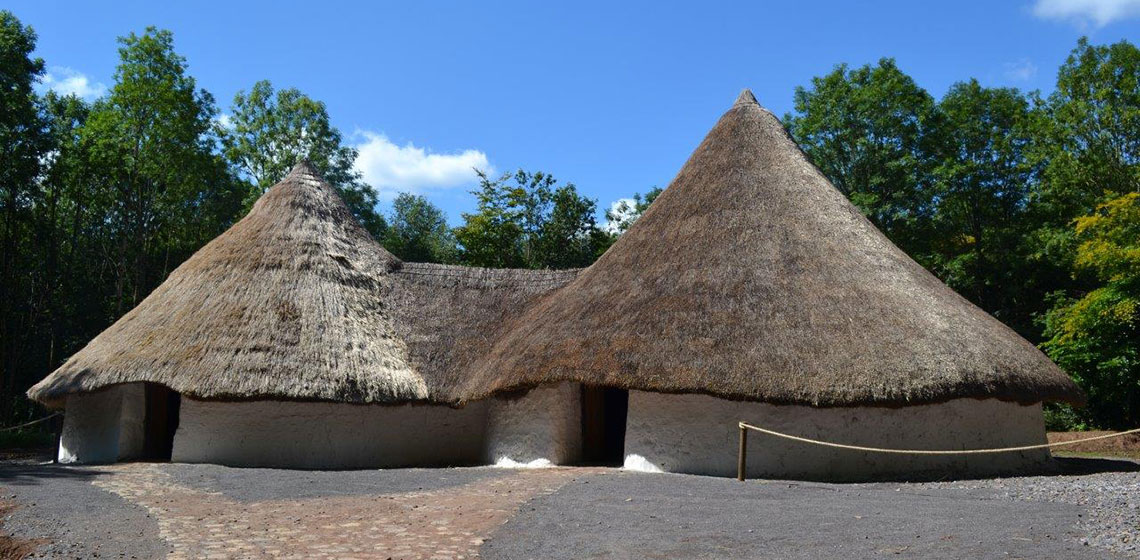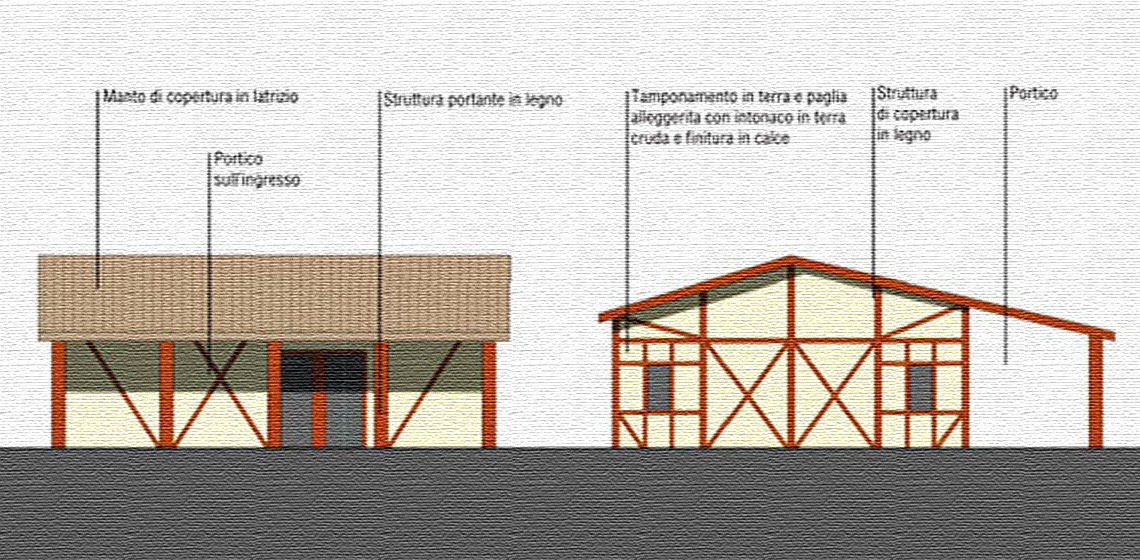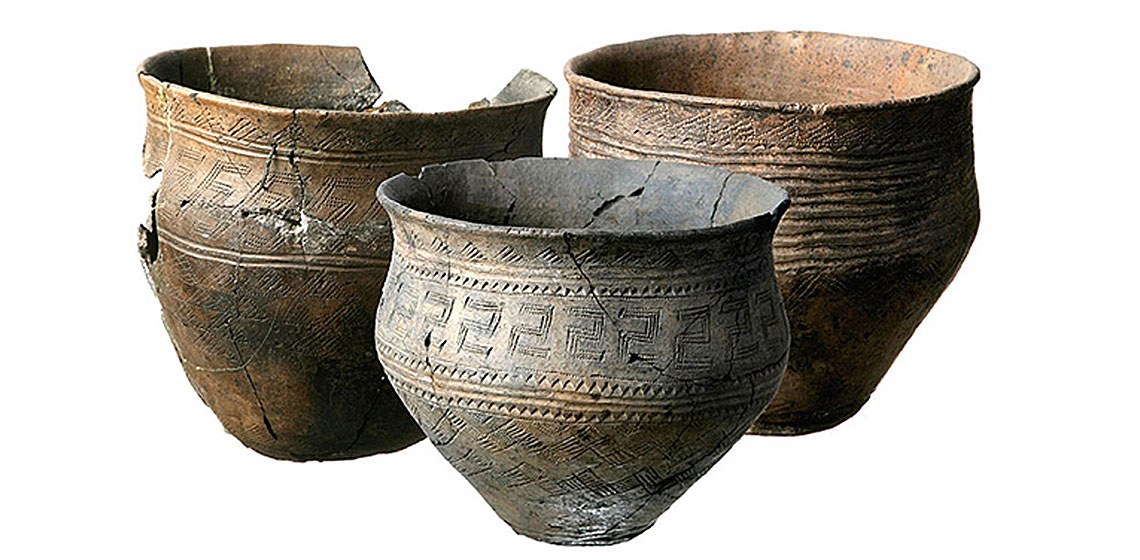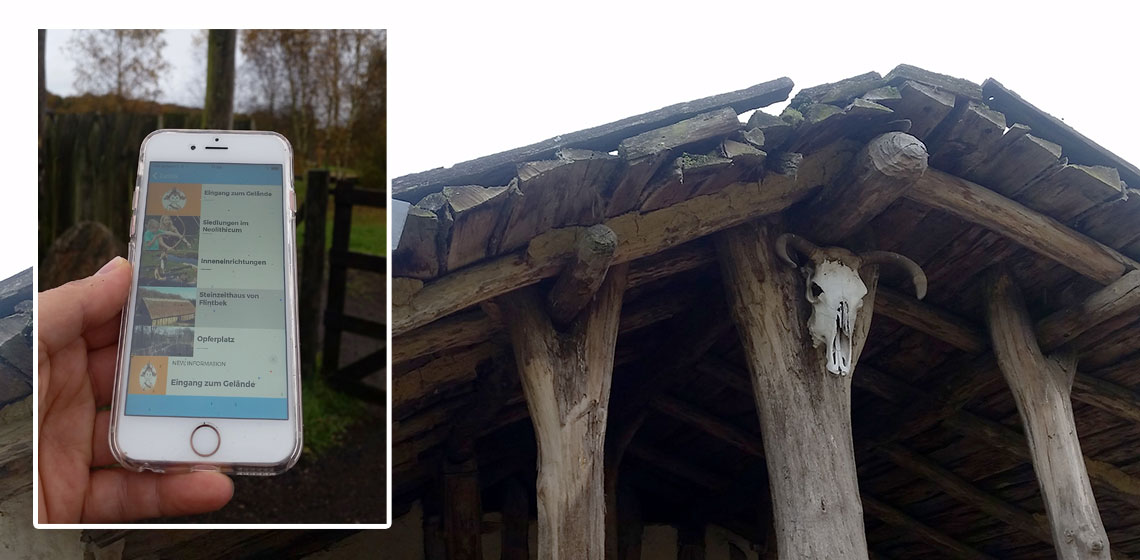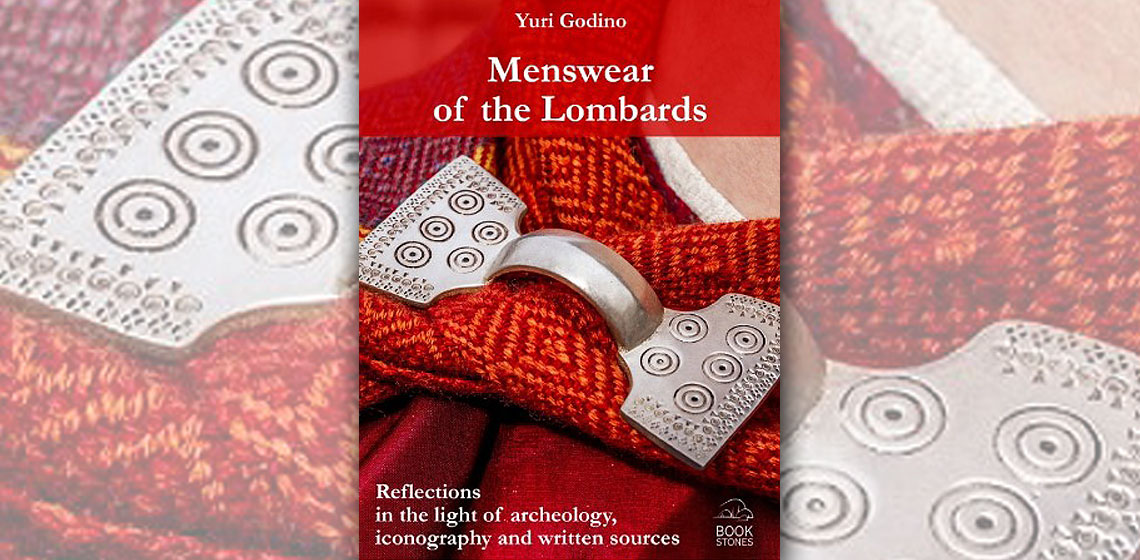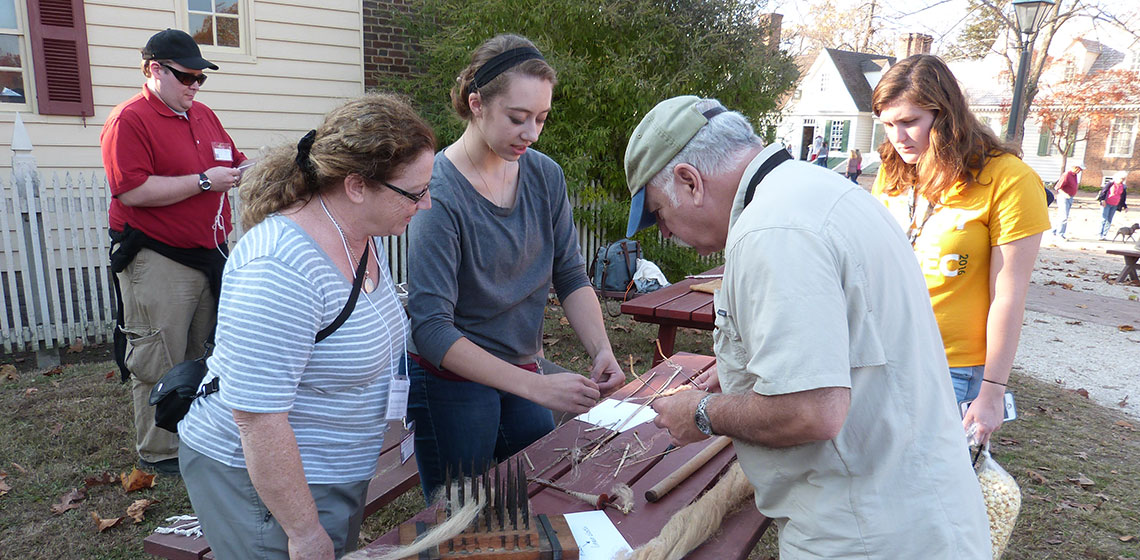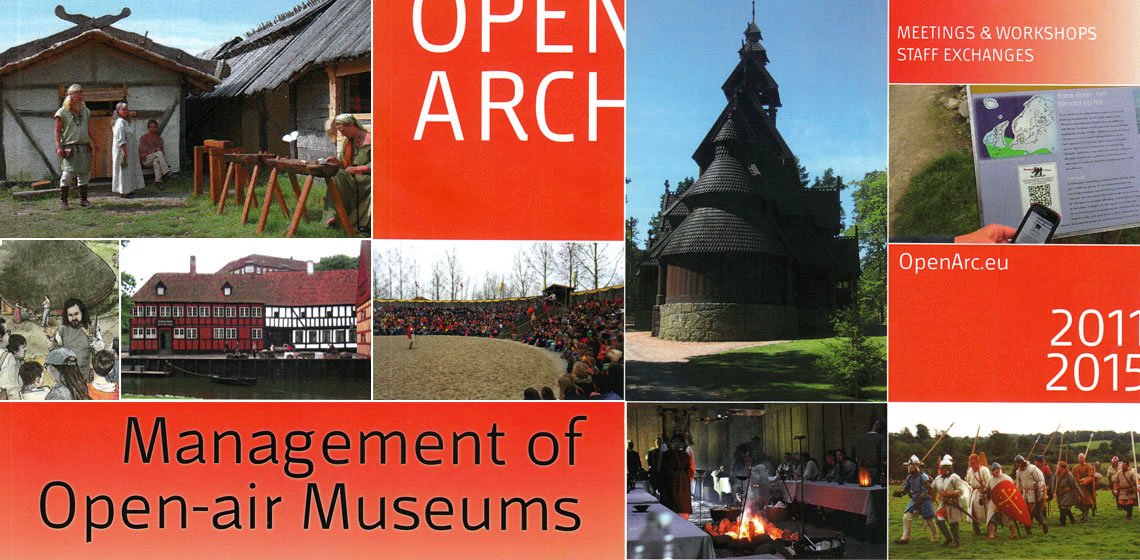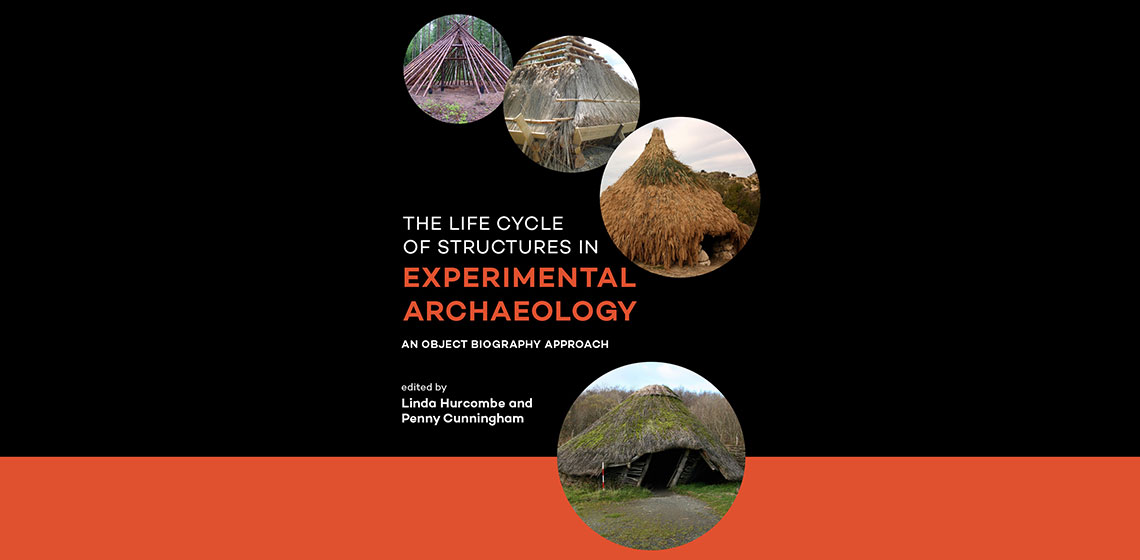EXARC Journal Issue 2017/1



13 Articles | DOAJ | Open Access
ISSN: 2212-8956
Publishing date: February 15, 2017
📄 EXARC Journal 2017/1 Table of Contents
Copyrights: EXARC, 2017
Summary
This year’s first online issue of the EXARC Journal has just been published. It holds several important articles on the future: “museums as good places” on the relevance of museums in modern society, and “the potential of open-air sites” to mention just a few. There is lots in it about the Bronze Age too: painting plaster in Thebes and the reconstruction of Bronze Age ceramics in Siberia. All in all we offer five reviewed articles for members only and eight open access articles, open to all. Four of these are reviews of very interesting books about for example Neolithic house reconstructions and Lombard men’s wear. We also share an obituary of Steve Watts, primitive technologist and much more.
Reviewed Articles
Painting Bronze Age Plaster from Thebes Boeotia
Museums as Good Places
It was a bold and challenging brief. The trustees decided to commission two alternative reports. They invited Patrick Geddes, the pioneering biologist, sociologist, environmentalist, social reformer and city planner, to produce one of these, and T. H. Mawson the other. For Geddes, this was an opportunity to bring together his life's work across many disciplines in one visionary scheme. He spent months, with the assistance of a photographer, recording almost every square yard of the city, before submitting his plan.


